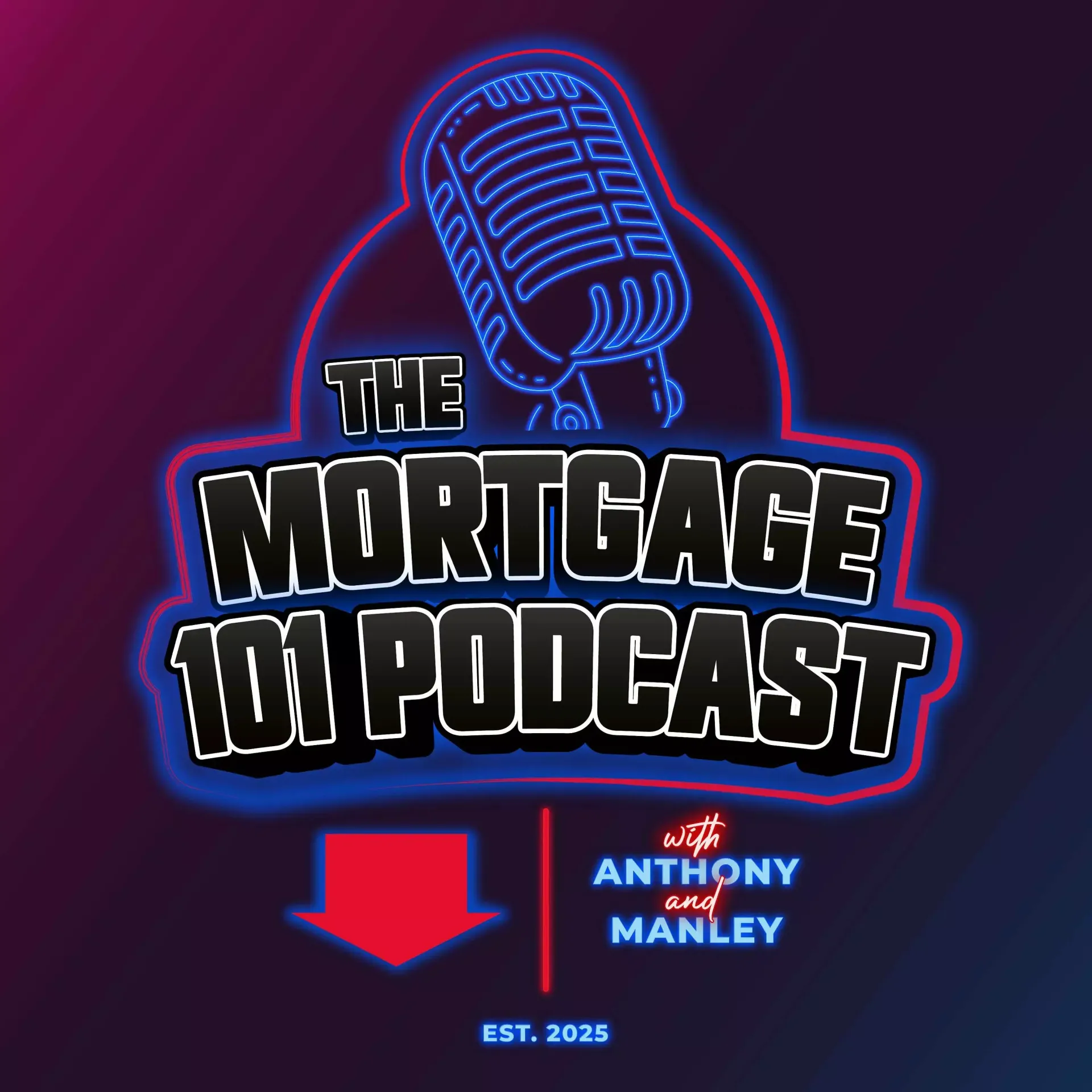Why Are Home Prices Still Rising? | Mortgage Secrets Revealed & Essential Buzzwords! | Mortgage 101
In Episode 6 of the Mortgage 101 Podcast, hosts Anthony and Manley explore why home prices continue to rise in 2025 despite interest rates exceeding 7% and a slowdown in home sales. Broadcasting from Hawaii and Wisconsin, they discuss the impact of a U.S. credit downgrade, low inventory, and changing buyer priorities. The episode features a rapid-fire buzzword segment explaining key mortgage terms like APR, cash to close, and rate locks. Learn strategies to navigate high rates, leverage seller concessions, and make confident homebuying decisions.
Listen to the full episode: https://youtu.be/nN2E27BBArA?feature=shared
[00:07] Welcome to Mortgage 101: Episode 6
Manley: Welcome to Episode 6 of the Mortgage 101 Podcast! I’m Manley in Wisconsin with our producer Kevin Hansen. Anthony, what’s the vibe in Hawaii today?
Anthony: Aloha, Manley! Ready to tackle why home prices are climbing despite high rates and a sales slowdown. Plus, we’ve got our rapid-fire buzzword segment with Kevin. Let’s dive in!
Manley: Buckle up—we’re breaking down the market roller coaster and key mortgage terms.
[01:13] Why Are Home Prices Rising with High Rates?
What’s driving home price increases in 2025?
Anthony: Despite 7.1% rates and a 30-year low in home sales, prices are up due to low inventory. Homeowners with 2–3% rates aren’t selling, and builders only construct pre-sold homes, unlike pre-2018. Inventory is up 19.8% year-over-year but still 60% below demand.
Manley: Strong demographics, like Gen Z and Millennials, fuel demand, but single-income households struggle with rising costs. Sellers aren’t panic-selling—they’re swimming in equity and leveraging properties as rentals.
[02:03] Impact of the U.S. Credit Downgrade
How does the U.S. credit downgrade affect mortgages?
Anthony: The recent downgrade signals the U.S. must balance its budget to avoid geopolitical repercussions. It’s pushed rates above 7%, impacting affordability. Fannie Mae predicts 6.25% by year-end, but 4–5% rates are unlikely for two years.
Manley: The downgrade creates market volatility, with multiple rate hikes in a day. Quantitative easing may come, but the Fed will move cautiously to avoid spiking demand and prices further.
[07:05] Shifting Buyer Priorities
How have buyer priorities changed in 2025?
Anthony: Unlike the 1950s, modern buyers prioritize lifestyle—$500/month on tech subscriptions, $100 dinners, and vacations. This discretionary spending strains affordability for Gen Z and Millennials.
Manley: Cutting $500 in tech or dining expenses could boost your mortgage budget from $1,500 to $2,500, enabling a $350,000 home purchase with 6–10% annual appreciation.
[09:02] Strategies for Affordability
How can buyers afford homes in a high-rate market?
Anthony: Don’t wait for lower rates—buy now to avoid higher prices. Seller concessions can cover $10,000–$15,000 in closing costs, reducing out-of-pocket expenses. Add these to the purchase price if cash is tight.
Manley: Act within six months to secure better homes in your desired area. Waiting increases competition and prices, forcing you to settle for less ideal properties.
[13:07] Understanding Inventory Stats
Is the 19.8% inventory increase a game-changer?
Anthony: The 19.8% year-over-year increase sounds big, but it’s post-COVID recovery from 2020–2021 lows. We’re still 60% below needed supply. Hedge funds like BlackRock are buying communities for rentals, tightening inventory further.
Manley: Buyers have more options than in 2021, but high rates mean you can negotiate concessions without settling for undesirable homes.
[15:57] Rapid-Fire Buzzword Segment
What mortgage terms should buyers know?
Kevin: Let’s break down key terms in rapid-fire style. Keep answers short!
APR (Anthony)
Anthony: Annual Percentage Rate includes interest plus fees. It’s higher than your rate but less critical than the actual interest rate for decision-making.
Manley: It’s a tool to compare loan costs, but focus on the rate and monthly payment.
Cash to Close (Manley)
Manley: Total funds needed at closing: down payment, lender fees, appraisals, title, prepaid interest, and escrow (taxes/insurance). Earnest money reduces this.
Anthony: Ask sellers to cover $10,000–$15,000 in costs by raising the purchase price—saves cash upfront.
Liabilities (Anthony)
Anthony: Debts like credit cards or loans impact your debt-to-income ratio (DTI). Don’t add new debt (e.g., car loans) during approval to avoid losing eligibility.
Manley: Don’t quit or change jobs either—lenders verify employment until closing.
Points (Manley)
Manley: Fees (e.g., 1% of loan amount) paid to lower your rate. On a $500,000 loan, $5,000 might save $50/month. Math determines if it’s worth it.
Anthony: Points don’t go to lenders—they’re market-driven to adjust rates.
Pre-Approval vs. Pre-Qualification vs. Power Bid (Anthony)
Anthony: Pre-qualification is a quick estimate; pre-approval verifies income, credit, and assets; Power Bid (Rate-exclusive) fully underwrites before an offer, acting like a cash offer.
Manley: Power Bid closes in 12–21 days, beating competitors with speed and certainty.
Loan Estimate (Manley)
Manley: A detailed cost estimate, including lender fees, appraisals, and escrows. It can’t exceed certain limits by 10%, ensuring transparency.
Anthony: Lenders overestimate to avoid surprises—review it line by line.
Underwriting (Anthony)
Anthony: Underwriters verify income, assets, and credit against automated systems (DU/LP). AI-driven smart underwriting cuts approval time to hours.
Manley: All data is third-party verified (e.g., IRS, employers) to ensure accuracy.
Escrow Account (Manley)
Manley: Holds funds for taxes and insurance, paid monthly (e.g., $83 for $1,000 annual insurance). Protects the lender’s asset by ensuring payments.
Anthony: Mitigates risks like unpaid taxes or property loss.
Amortization (Anthony)
Anthony: Interest paid over the loan’s life. A 30-year loan doubles interest costs, but extra payments (e.g., three annually) cut it in half.
Manley: Leverage debt to invest elsewhere—don’t fear interest if it builds wealth.
Rate Lock (Manley)
Manley: Locks your rate for 15–45 days. Rate’s float-down feature allows a free rate drop if markets improve by 0.375%.
Anthony: Float in volatile markets to avoid locking at peak rates, but lock early if stable.
[43:00] Closing Thoughts
Anthony: Don’t wait for the perfect market—prices are rising, and the time to buy is now. Get educated, plan smart, and work with professionals who prioritize your goals.
Manley: High rates and listings don’t mean lower prices. Use seller concessions and Power Bid to secure your home. Thanks to Kevin for the buzzwords!
Anthony: Congrats to my daughter on her wedding this weekend—one down, three to go!
Manley: Share this episode, subscribe, and DM us your questions. Find us on YouTube, Spotify, and Apple Podcasts.
FAQ
Why are home prices rising despite high interest rates?
Low inventory (60% below demand), rate-locked homeowners, and cautious builders keep supply tight, while strong demand from Gen Z and Millennials pushes prices up.
How can I afford a home with 7%+ rates?
Cut discretionary spending (e.g., $500/month on tech) and negotiate seller concessions to cover $10,000–$15,000 in closing costs.
What’s a Power Bid, and why does it matter?
Power Bid is Rate’s full underwriting before an offer, acting like a cash offer, closing in 12–21 days, and outpacing competitors.
About the Hosts
- Anthony: A mortgage expert based in Hawaii, passionate about simplifying the homebuying process.
- Manley Haynes: A Wisconsin-based lender with over 20 years of experience, dedicated to empowering clients with financial clarity.
Listen to the full episode: https://youtu.be/nN2E27BBArA?feature=shared

